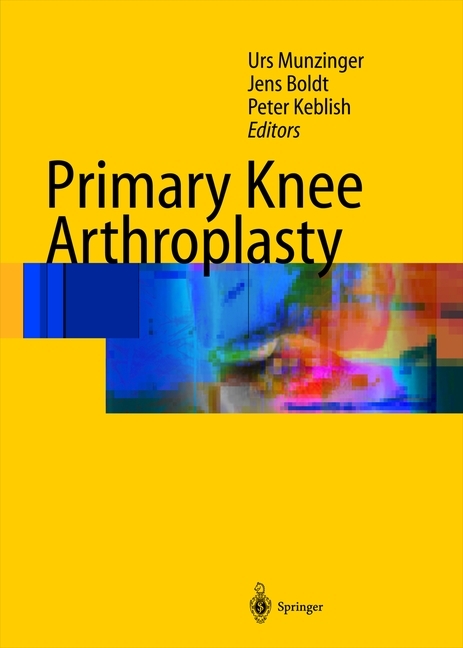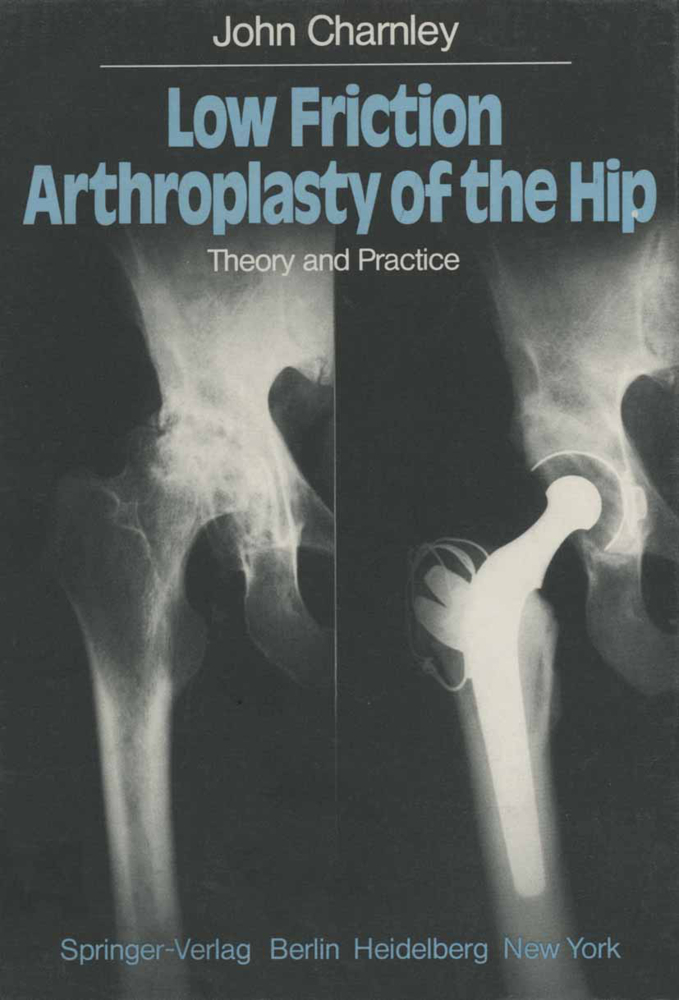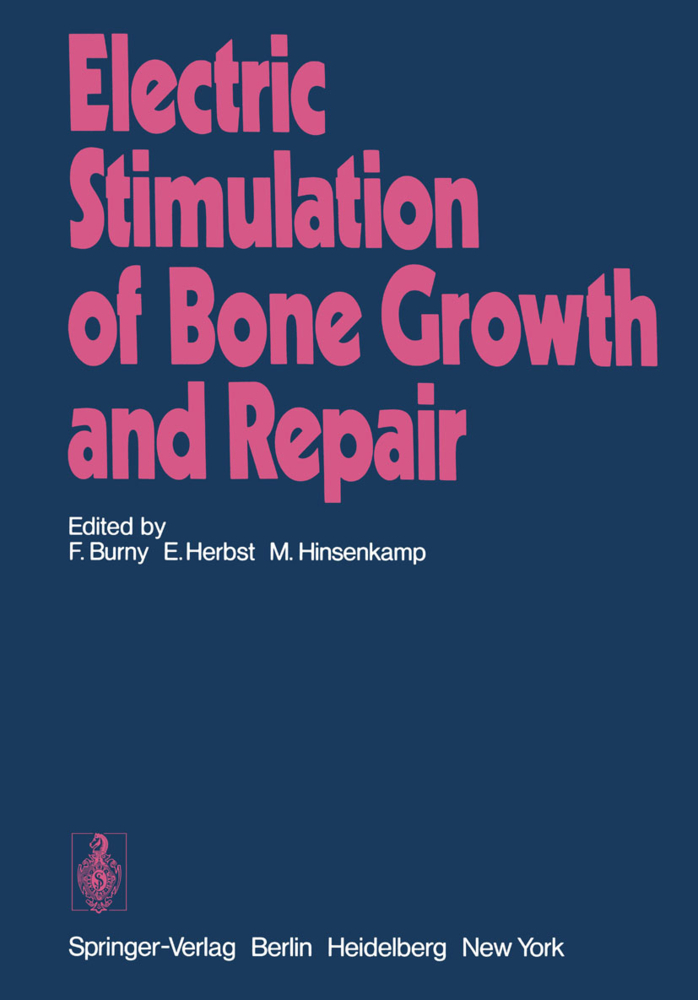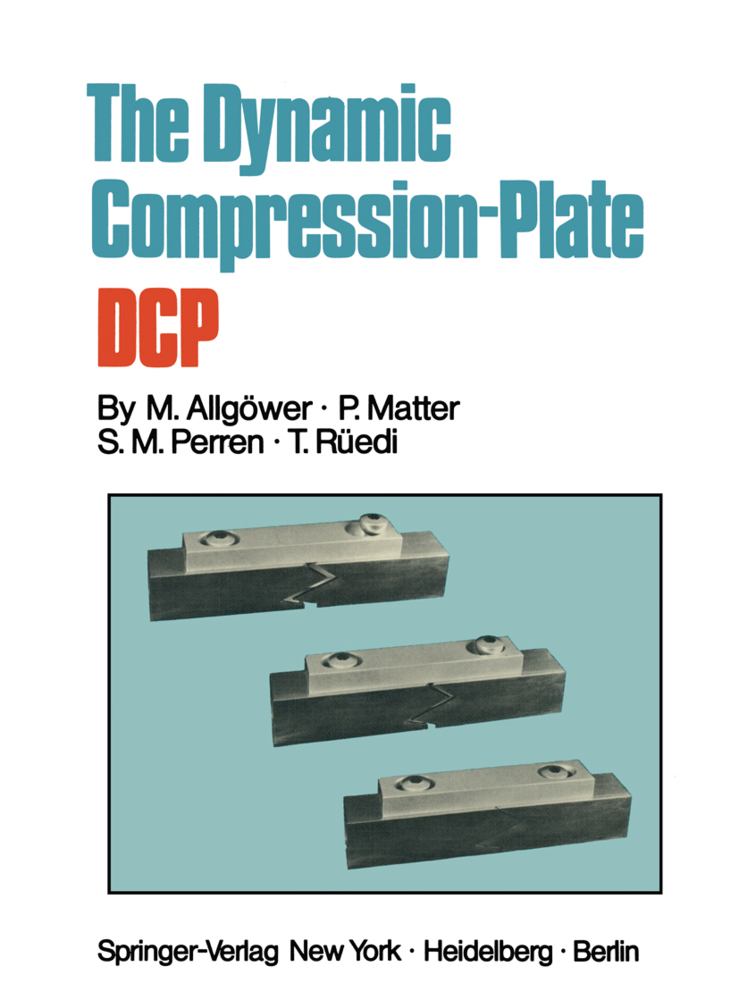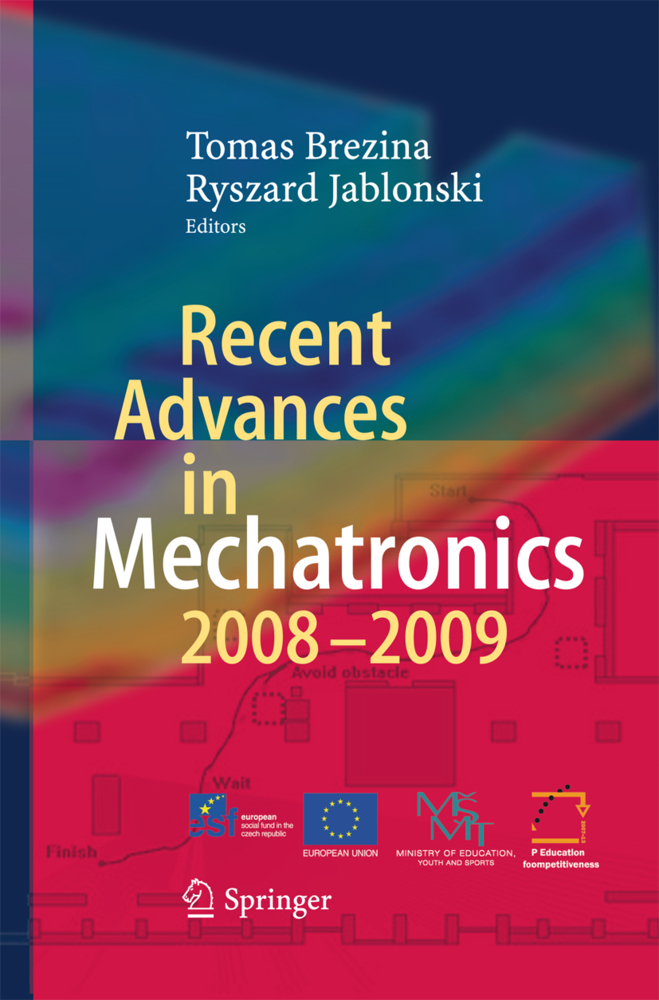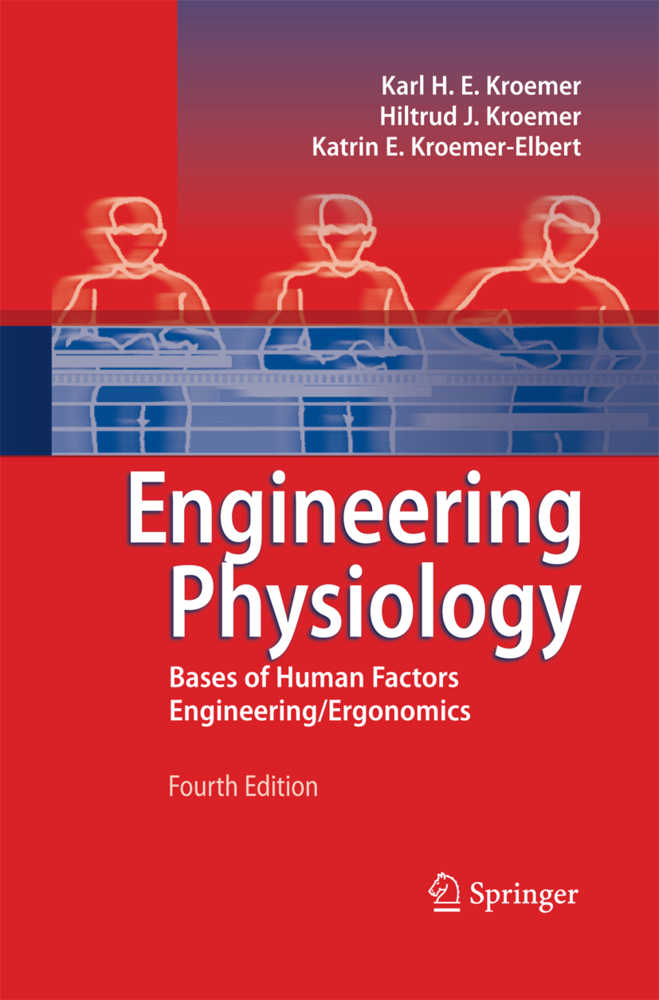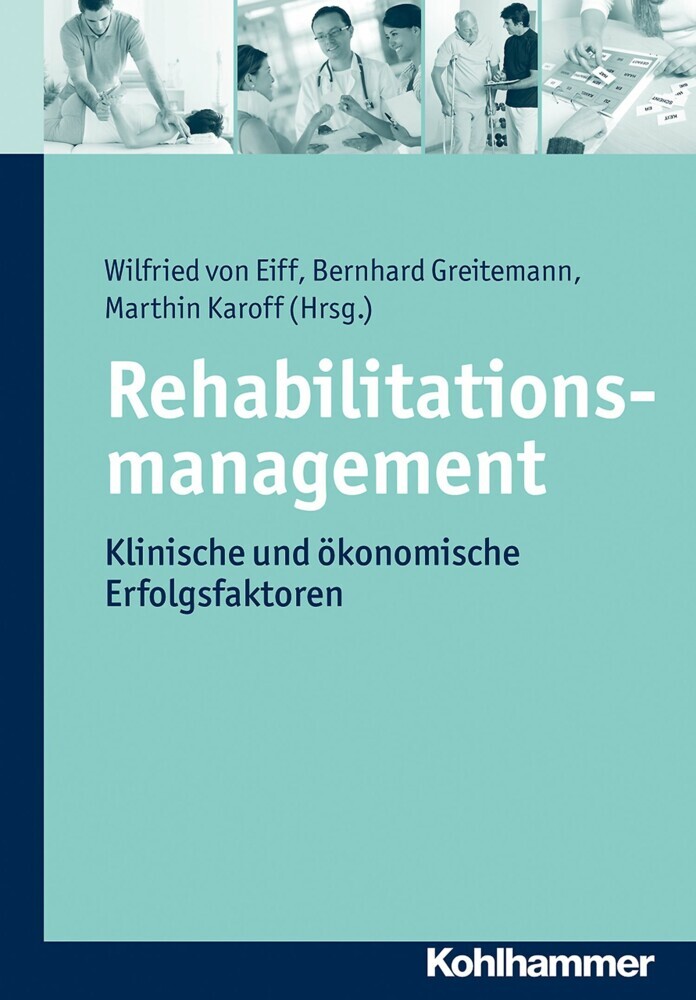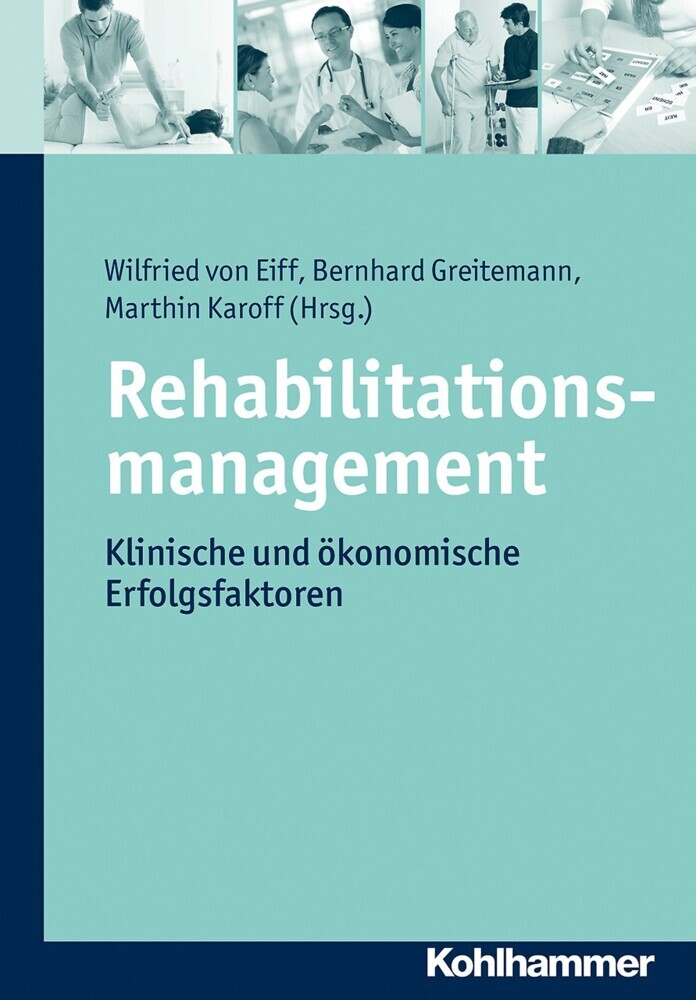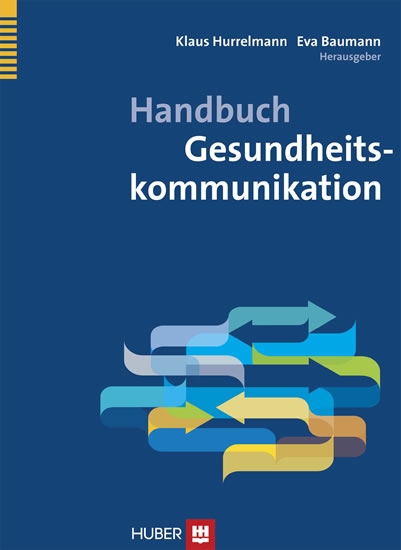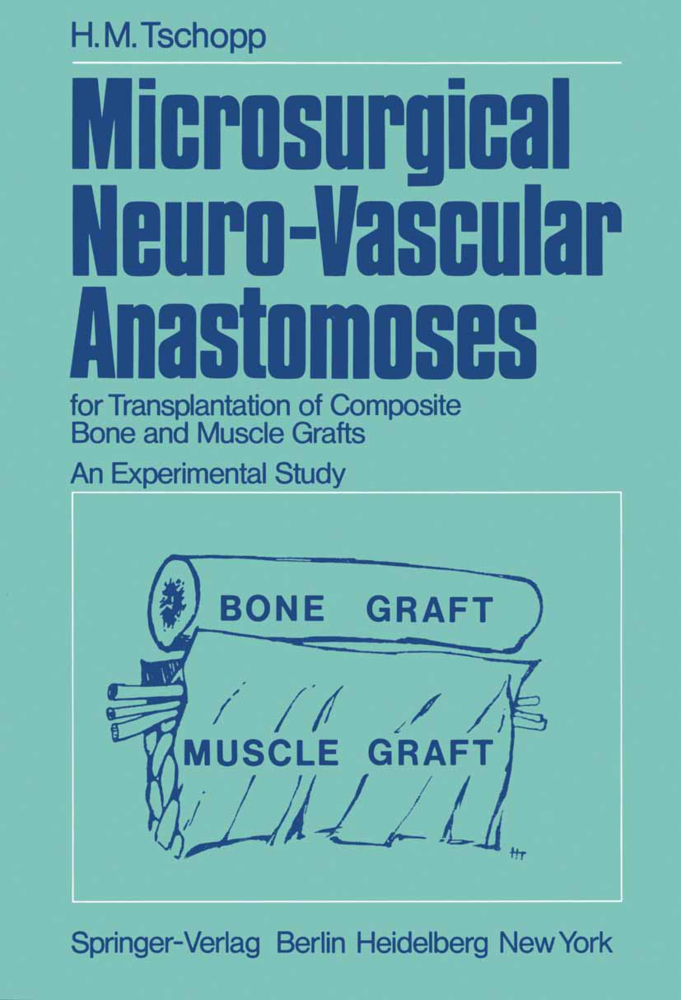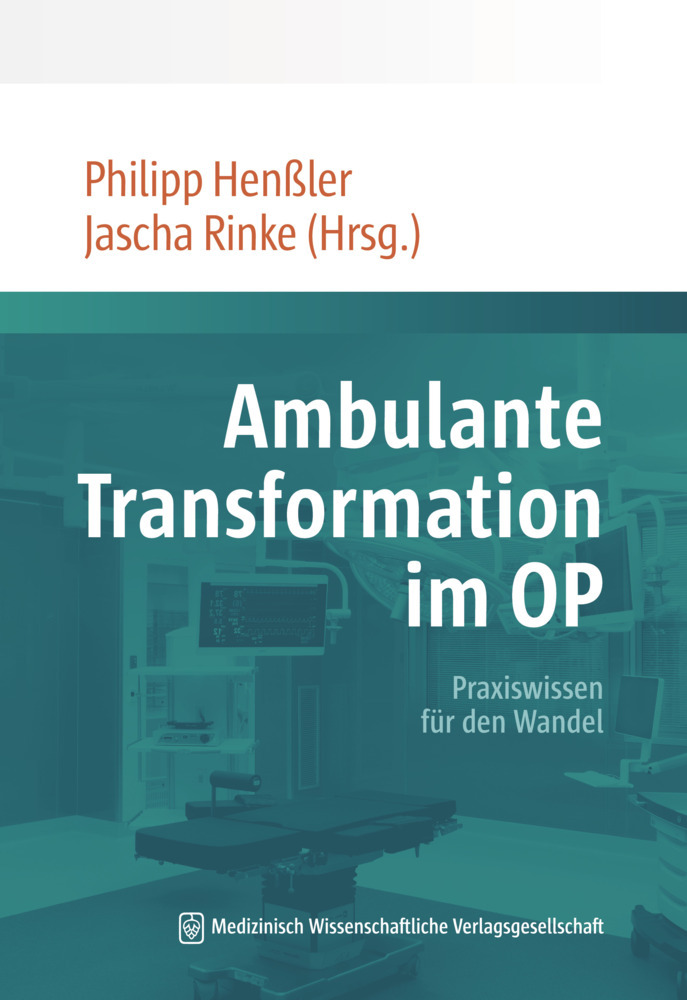Primary Knee Arthroplasty
Primary Knee Arthroplasty
Primary knee arthroplasty (PKA) has a long history and modern mobile bearing knee implants are successfully implanted worldwide since 1977. Primary Knee Arthroplasty focuses on basic science, personal surgical experiences, clinical, functional and radiographic outcomes of PKA, with special focus on challenging knees such as severe varus and valgus deformities with associated bone defects, fixed flexion deformities, soft tissue contractures, and arthrodesed knees. Patella treatment with or without resurfacing is addressed in great detail. Early criterion-based rehabilitation and the patient's return to participating in sports are discussed as is the management of prosthetic or surgery related complications. Lavishly illustrated to complement the text, Primary Knee Arthroplasty is a 'must-have' for all practicing knee replacement surgeons, orthopedic surgeons in training, orthopedic nurses, and physiotherapists with a special interest in knee arthroplasty. Tips and tricks provided by experienced knee surgeons are indispensable for daily clinical practice.
1 Basic Science, Design, and Materials
1.1 History and Development1.2 Biomechanics in Normal and Prosthetic Knees
1.3 Mobile Bearing Knee Prostheses
1.4 Developing a Mobile Bearing Knee Prosthesis
1.5 Metal Alloys and Polyethylenes
1.6 Gait Analysis in Knees and Total Knee Arthroplasty
1.7 Tribology in Total Knee Arthroplasty
1.8 In Vivo Motions of Mobile Bearing Total Knee Arthroplasty
2 Knee Arthroplasty
2.1 Indications and Alternatives
2.2 Fixation: Cement, Hybrid or Cementless?
2.3 Patella and Extensor Mechanism
2.4 Unicondylar Knee Arthroplasty
2.5 Patella Femoral Arthroplasty
2.6 Patella Graft Options in Patellectomized Knees
3 Clinical Outcomes
3.1 Patella Resurfacing Utilizing LCS Prostheses
3.2 Patella Non-resurfacing Utilizing Mobile Bearing Prostheses
3.3 Isokinetic Strength in Resurfaced and Retained Patellae
3.4 Total Knee Arthroplasty in Isolated Patellofemoral Arthritis
3.5 Long-Term Outcomes Utilizing LCS Mobile Bearing TKA
3.6 Early Outcomes of INNEX Mobile Bearing TKA
3.7 Total Knee Arthroplasty in the Young and Active Population
4 Operating Technique
4.1 Planning, Implant Selection, and Preparation
4.2 Intraoperative Alignment and Instrumentation
4.3 Alternative Medial Approaches
4.4 Lateral Retinacular Approach
4.5 Tibial Tuberositas Osteotomy
4.6 Soft Tissue Management and Bone Resections
4.7 Advanced Surgical Technique
4.8 Cruciate Ligaments: Retain, Substitute, or Sacrifice?
4.9 Femoral Component Rotation
4.10 Articular Deformity
4.11 Varus Knees and Flexion Contracture - Algorithm
4.12 Severe Valgus: Management of Deep Structures
4.13 Bone Defect Management
4.14 Conversion of Knee Fusion to Total Knee Arthroplasty
5 Computer Assisted Surgery and Minimal InvasiveSurgery
5.1 Computer Assisted Surgery, Robotics, and Minimal Invasive Surgery in Knee Arthroplasty
5.2 Outcome Measures and Quality Control
6 Rehabilitation Before and After Total Knee Arthroplasty
7 Complications
7.1 Anterior Knee Pain Following Total Knee Arthroplasty
7.2 Wear, Periprosthetic Osteolysis and Loosening
7.3 Arthrofibrosis Following Total Knee Arthroplasty
7.4 Surgical Management of Infected Total Knee Arthroplasty
7.5 Infectious Disease Management in Total Knee Arthroplasty
7.6 The Unhappy Knee.
Munzinger, Urs
Boldt, Jens
Keblish, Peter A.
| ISBN | 978-3-642-62304-2 |
|---|---|
| Artikelnummer | 9783642623042 |
| Medientyp | Buch |
| Auflage | Softcover reprint of the original 1st ed. 2004 |
| Copyrightjahr | 2012 |
| Verlag | Springer, Berlin |
| Umfang | X, 292 Seiten |
| Abbildungen | X, 292 p. 1422 illus., 1255 illus. in color. |
| Sprache | Englisch |

